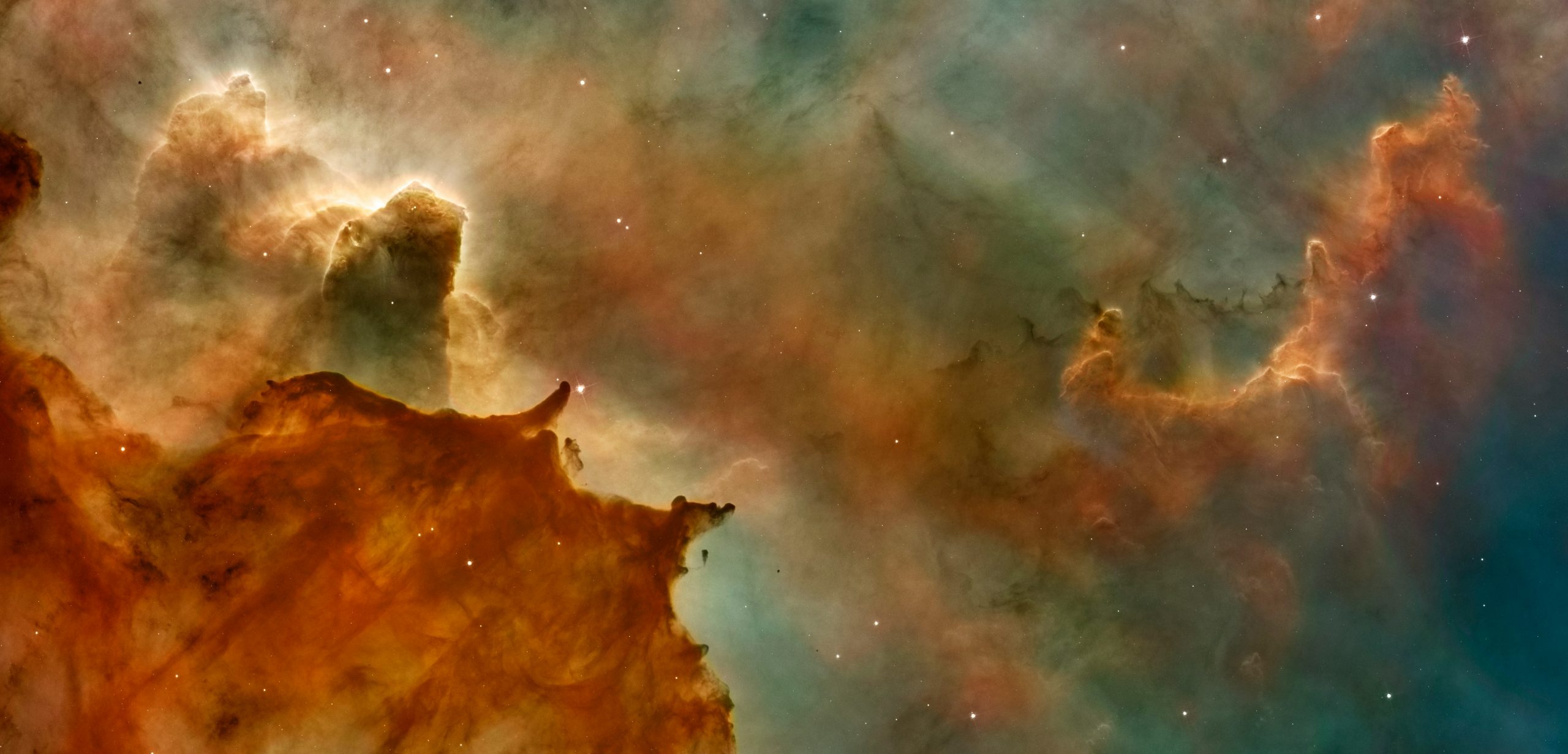Taoist Rituals: Honoring the Way

Looking for more amazing products? Check out our online store and explore our collection here! Happy shopping!
Before diving in, please note: This post is for informational purposes only. If you’d like to know more about how we approach topics, feel free to check out our friendly Disclaimer Page.
Hey there, amazing readers! 
We’re committed to delivering quality posts, and your support (even just sticking around despite the ads) means everything to us. So, bear with us, and thanks for helping us keep the good vibes rolling. Now, on to the fun stuff!
TRANSLATE BUTTON AT THE END OF THE ARTICLE
A Quick Overview: Introduction to Taoist Rituals
Taoism, also known as Daoism, is an ancient Chinese philosophy and religious tradition that emphasizes living in harmony with the Tao, which can be translated as "the Way" or "the Path." Taoist rituals are a crucial aspect of this belief system, as they serve to honor and connect with the natural order of the universe.
These rituals are performed to express gratitude, seek blessings, and cultivate inner harmony.
Taoist rituals often involve the use of symbolic objects, chants, and movements to create a sacred space and invoke the power of the Tao.
These practices have been passed down through generations and continue to be an integral part of Taoist culture.
In this article, we will explore the history of Taoist practices, the core beliefs of Taoism, the importance of honoring the Way, the different types of Taoist rituals, key components of Taoist ceremonies, symbols and objects used in rituals, rituals for health and well-being, rituals for prosperity and luck, steps to conducting a Taoist ritual, and modern adaptations of Taoist practices.
History of Taoist Practices
Taoism has a long and rich history that dates back thousands of years in China.
It originated from the teachings of Laozi, a philosopher who is traditionally believed to have written the Tao Te Ching, a fundamental text of Taoist philosophy.
Over the centuries, Taoism has evolved into a complex belief system with a wide range of practices, including meditation, martial arts, and rituals.
Taoist rituals have been influenced by various cultural and religious traditions in China, such as Confucianism and Buddhism.
They have also been shaped by the beliefs and practices of indigenous Chinese folk religions.
Despite this diversity, Taoist rituals maintain a distinct identity that sets them apart from other religious practices in China.
The Core Beliefs of Taoism
Central to Taoism is the concept of the Tao, which is often described as the underlying principle of the universe that is both immanent and transcendent.
The Tao is characterized by its spontaneity, simplicity, and harmony.
Taoists believe that by aligning themselves with the Tao, they can achieve a state of balance and peace in their lives.
Other key beliefs in Taoism include the importance of living in accordance with nature, cultivating virtue and compassion, and embracing the concept of yin and yang, which represents the interplay of opposites in the universe.
Taoists also believe in the immortality of the soul and the idea of reincarnation.
Importance of Honoring the Way
Honoring the Way, or the Tao, is central to Taoist rituals.
By connecting with the Tao, practitioners seek to harmonize their own energies with the natural forces of the universe.
This alignment is believed to bring about health, prosperity, and spiritual growth.
Taoist rituals serve as a way to express reverence and gratitude for the gifts of nature and to seek guidance and blessings from the divine.
Through these practices, Taoists aim to cultivate a sense of inner peace and balance that can lead to a more fulfilling and meaningful life.
Types of Taoist Rituals
Taoist rituals encompass a wide range of practices and ceremonies that are performed for various purposes.
Some common types of Taoist rituals include:
Offerings to deities and ancestors
Purification rituals
Meditation and chanting
Divination practices
Ceremonies for rites of passage, such as weddings and funerals
Rituals for healing and protection
Each type of ritual serves a specific purpose and is performed with specific procedures and symbolism.
Key Components of Taoist Ceremonies
Taoist ceremonies typically involve a set of key components that are essential to the ritual practice.
These components may include:
Altars and sacred spaces: Taoist rituals often take place at designated altars or shrines that are adorned with symbolic objects and offerings.
Incense and candles: Incense and candles are used to purify the space and invoke the presence of divine beings.
Chants and prayers: Taoists recite chants and prayers to communicate with the gods and spirits and seek their blessings.
Offerings: Food, fruits, flowers, and other items are offered as gifts to deities and ancestors as a sign of respect and gratitude.
Ritual tools: Taoist rituals may involve the use of specific tools, such as bells, gongs, and ritual implements, to create sacred sounds and vibrations.
These components come together to create a sacred and ceremonial atmosphere that facilitates the connection between the physical and spiritual realms.
Symbols and Objects Used in Rituals
Taoist rituals often incorporate a variety of symbols and objects that hold special significance in the tradition.
Some common symbols and objects used in Taoist rituals include:
The Taiji symbol: Represents the interplay of yin and yang and the balance of opposites in the universe.
The Bagua: Eight trigrams that symbolize the fundamental elements of reality and the cyclic nature of existence.
Dragons and phoenixes: Symbolize power, prosperity, and harmony in Taoist cosmology.
Swords and seals: Used in rituals for protection and purification.
Talismans and charms: Objects imbued with spiritual energy and protective power.
These symbols and objects serve as focal points for meditation, visualization, and energy manipulation in Taoist rituals.
Rituals for Health and Well-being
Taoist rituals for health and well-being are designed to promote physical, mental, and spiritual wellness.
These rituals often involve practices such as qigong, tai chi, and meditation, which are believed to balance the body’s energy and cultivate vitality.
Other rituals for health and well-being may include herbal remedies, dietary practices, and energy healing techniques.
These practices are rooted in the belief that maintaining harmony within the body and mind is essential for overall well-being.
Rituals for Prosperity and Luck
Taoist rituals for prosperity and luck are performed to attract abundance, success, and good fortune into one’s life.
These rituals may involve offerings to deities associated with wealth and prosperity, such as the God of Wealth or the Wealth Star.
Practitioners may also perform rituals to cleanse and purify their homes and businesses to remove negative energy and attract positive chi.
By aligning themselves with the flow of abundance in the universe, Taoists believe they can enhance their luck and prosperity.
Steps to Conducting a Taoist Ritual
Conducting a Taoist ritual involves a series of steps that are followed to create a sacred and harmonious space.
Some key steps to conducting a Taoist ritual include:
Setting up an altar or shrine with appropriate offerings and symbols.
Lighting incense and candles to purify the space and invoke the presence of divine beings.
Reciting chants and prayers to communicate with the gods and spirits.
Making offerings of food, fruits, or other items as gifts to deities and ancestors.
Performing specific rituals or ceremonies, such as purification rites or divination practices.
Concluding the ritual with expressions of gratitude and respect to the divine.
By following these steps with sincerity and devotion, practitioners can create a sacred connection with the Tao and experience its transformative power.
Modern Adaptations of Taoist Practices
In modern times, Taoist practices have undergone various adaptations and innovations to meet the needs of contemporary practitioners.
While traditional rituals are still practiced in temples and homes, many Taoists have integrated these practices with modern techniques and technologies.
For example, some Taoists may use digital tools and apps to access Taoist texts, chants, and meditations.
Others may combine Taoist practices with yoga, mindfulness, or other holistic wellness practices to create a more integrated approach to health and spirituality.
Despite these adaptations, the core principles of Taoism remain unchanged, emphasizing the importance of living in harmony with the Tao and cultivating inner peace and balance.
Conclusion: Embracing the Taoist Way
Taoist rituals offer a profound and transformative way to honor the Way and cultivate a deeper connection with the natural world.
By following the principles of Taoism and engaging in rituals that align with the Tao, practitioners can experience greater harmony, health, and prosperity in their lives.
Whether seeking blessings for health, wealth, or spiritual growth, Taoist rituals provide a sacred space for individuals to express gratitude, seek guidance, and connect with the divine.
Through the practice of these ancient rituals, one can embark on a journey of self-discovery and inner transformation, embracing the Taoist way of living in harmony with the universe.

The Enlightenment Journey is a remarkable collection of writings authored by a distinguished group of experts in the fields of spirituality, new age, and esoteric knowledge.
This anthology features a diverse assembly of well-experienced authors who bring their profound insights and credible perspectives to the forefront.
Each contributor possesses a wealth of knowledge and wisdom, making them authorities in their respective domains.
Together, they offer readers a transformative journey into the realms of spiritual growth, self-discovery, and esoteric enlightenment.
The Enlightenment Journey is a testament to the collective expertise of these luminaries, providing readers with a rich tapestry of ideas and information to illuminate their spiritual path.
Our Diverse Expertise
While our primary focus is on spirituality and esotericism, we are equally passionate about exploring a wide range of other topics and niches 

To ensure we provide the most accurate and valuable insights, we collaborate with trusted experts in their respective domains 
Our blog originally focused on spirituality and metaphysics, but we’ve since expanded to cover a wide range of niches. Don’t worry—we continue to publish a lot of articles on spirituality! Frequently visit our blog to explore our diverse content and stay tuned for more insightful reads.
Hey there, amazing reader! 
Check out our store here and take a peek at some of our featured products below! Thanks for being awesome!











